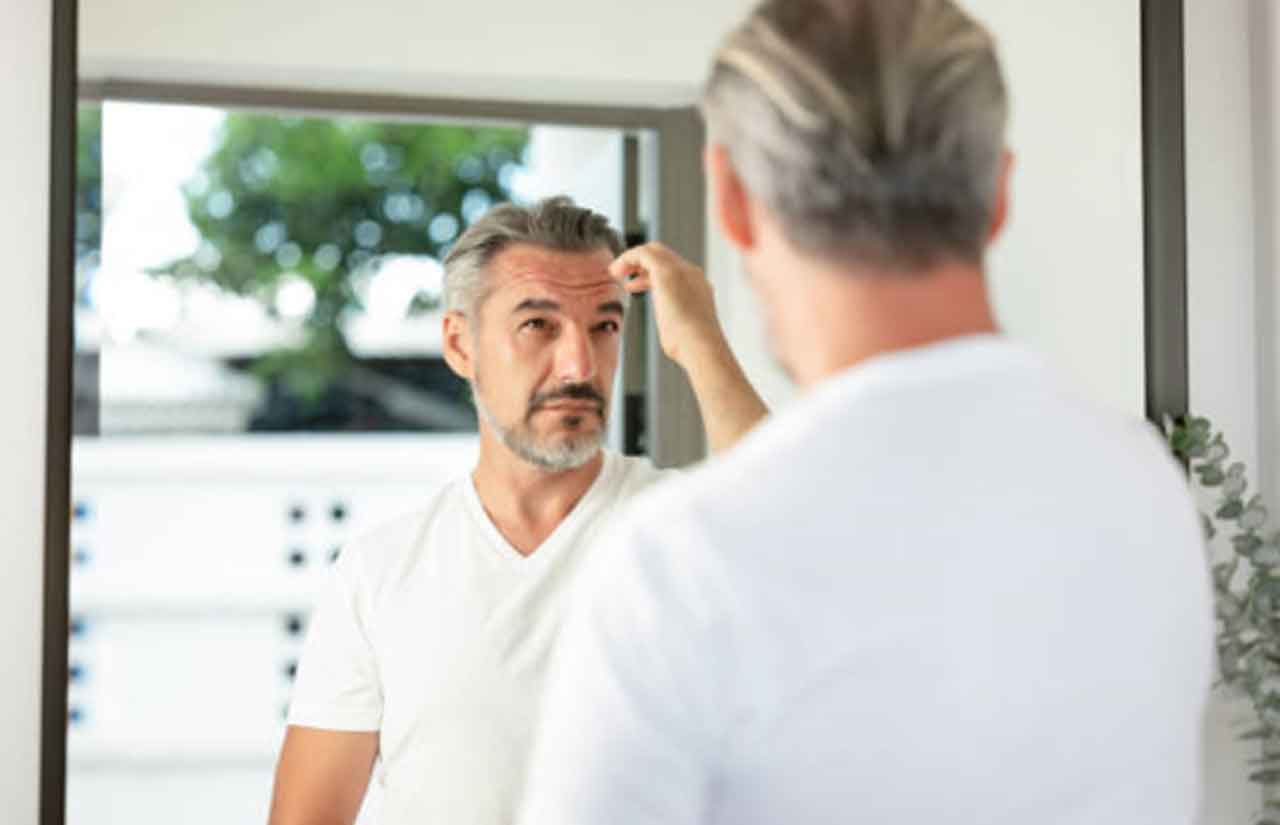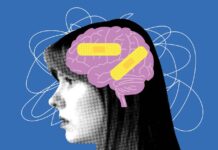Picture yourself waking up one day to find out that your once-thick mane has started its slow retreat. You’re not alone — according to research, over 60% of men under 35 and more than 80% by the age of 50 face this very reality. While some men choose a clean shave, others watch their hairline inch back like a tide. However, there’s one more path: regrowing your hair with peptide bioregulators.
Defining Bioregulators
Bioregulators are essential chains of amino acids that form proteins, naturally found within your body. Each bioregulator has a unique sequence of amino acids, which dictates its structure and function. These sequences determine how proteins function and play a role in various bodily processes, like hair growth and cellular repair.
The Role of Bioregulators in Hair Regrowth
Bioregulators, particularly peptides, promote hair regrowth by directly stimulating hair follicles. They enhance the communication between cells and support cellular health, which is important for healthy hair growth. This process helps follicles to produce stronger and healthier hair strands as they receive all the necessary nutrients.

Bioregulator-Based Approaches to Hair Regrowth in Men
Bioregulators are used in healthcare to stimulate hair growth naturally, and here’s how:
- Peptide complex formulations. Various peptides target specific hair loss issues and promote healthier and more vigorous hair growth.
- Targeted peptide injections. This method involves the direct injection of peptides into the scalp, targeting areas most affected by hair thinning.
- Topical peptide treatments. Applied directly to the scalp, these treatments deliver peptides in a topical format. They penetrate the skin to reach hair follicles and fortify hair from the roots up.
- Peptide-infused shampoos and conditioners. These everyday hair care products infuse your scalp with peptides while you sing your heart out under the water.
- Combination therapy with bioregulators and nutraceuticals. This approach pairs bioregulation with powerful supplements, attacking hair loss from every angle.
These options, whether separately or combined, will stimulate your hair rejuvenation, help you reclaim your confidence, and support your overall well-being.
Clinical Applications of Bioregulators in Hair Restoration
Below is a list of the most successful bioregulator treatments currently used in hair restoration clinical settings:
- Peptide-based therapies. Peptides improve blood circulation and nutrient delivery to the scalp to enhance hair follicle activity.
- Combination of platelet-rich plasma (PRP) and bioregulation. This synergistic partnership uses the regenerative properties of PRP, enriched with growth factors, alongside bioregulators to accelerate hair regrowth.
- Bioregulator-enhanced microneedling. This healthcare procedure combines traditional microneedling with the application of bioregulators, which penetrate the scalp through the microchannels created.
- Nutraceutical and bioregulator integration. This treatment approach focuses on the internal and external aspects of hair wellness. It integrates bioregulators with nutraceutical support to address hair loss from multiple angles.
There are also customized bioregulator formulations available in biomedicine, but whatever treatment you choose, there’s only one result. Hair that’s not just back, but back with a vengeance — strong, shiny, and resilient.
Bioregulators as a Novel Approach to Promote Hair Regrowth
Bioregulators invigorate hair follicles and restart their growth cycles, and it’s a more gentle hair rejuvenation approach compared to traditional treatments. Research shows that they target the underlying causes of hair loss and thus offer a less invasive, side effect-friendly alternative to surgery and other potentially harmful therapies. Hair restoration means regaining confidence and starting a new life with a head full of luscious locks.
Conclusion
There’s good news for men — the days of staring wistfully at your thinning reflection are over. Using peptides and growth factors, bioregulators support cellular health and breathe new life into hair follicles better than the old-school methods. Hair loss is now a thing of the past.







